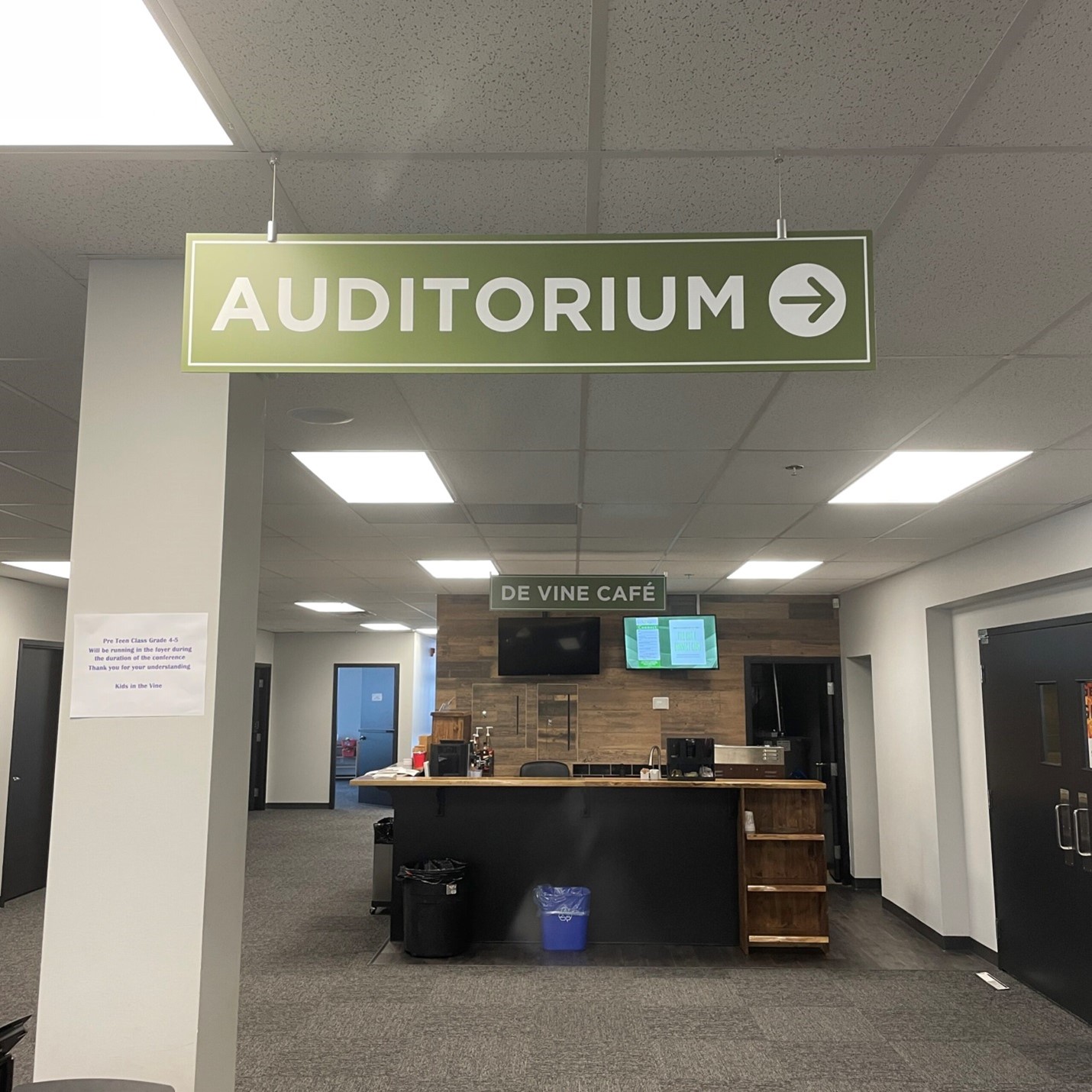In today’s fast-paced world, where convenience and efficiency are paramount, wayfinding signage has become an essential tool in guiding people through spaces seamlessly. Whether in shopping malls, hospitals, airports, universities, or office complexes, effective wayfinding signage can transform the user experience by helping people navigate complex environments with ease. This blog post explores the purpose of wayfinding signage, the types available, and best practices to consider when designing these signs to optimize user experience.
1. What is Wayfinding Signage?
Wayfinding signage refers to a system of visual cues, symbols, and directional signs designed to guide people to their desired destinations within a complex space. The goal is to reduce confusion, make navigation intuitive, and ensure that individuals feel comfortable moving through an unfamiliar area.
2. The Importance of Wayfinding Signage
In any setting, wayfinding signage plays a crucial role in:
- Reducing stress and frustration: Clear signage can minimize the feeling of being lost, enhancing user comfort.
- Improving traffic flow: Especially in high-footfall areas, wayfinding signage can help manage pedestrian flow, reducing congestion.
- Boosting brand experience: Consistent and well-designed signage can reinforce brand identity and create a cohesive visual experience.
- Increasing operational efficiency: Effective signage reduces the need for staff intervention in guiding people, freeing them up for other responsibilities.
3. Types of Wayfinding Signage
Wayfinding systems consist of several types of signs, each serving a specific function:
Identification Signs: These signs help users identify where they are within the environment, such as floor markers or room numbers. They answer the question, “Where am I?”
Directional Signs: Used to point people toward certain locations, these signs typically include arrows and are placed at decision points, such as intersections or major junctures in buildings.
Informational Signs: Often providing general information, these signs can include maps, floor directories, or emergency exit routes. Informational signs are especially useful for first-time visitors.
Regulatory Signs: These signs communicate rules, restrictions, or safety information, like “No Smoking” signs, “Authorized Personnel Only” markers, or “Emergency Exit” indicators.
4. Designing Effective Wayfinding Signage: Key Principles
Designing wayfinding signage requires a thoughtful balance of aesthetics, functionality, and psychology. Here are some best practices to consider:
Clarity and Simplicity: Wayfinding signs should use clear, concise language and straightforward icons. The aim is to reduce the mental load on users, making navigation intuitive even at a glance.
Consistency in Design: Maintain consistency in fonts, colors, and iconography across all signage. This not only makes the signs recognizable but also reinforces brand identity and trust.
Strategic Placement: Signs should be placed at decision points, so users don’t have to search for them. Consider sightlines and install signage at eye level or above for easy visibility.
Color Contrast and Readability: High contrast between text and background improves readability, especially in low-light environments. Bold colors and easy-to-read fonts are essential for accessibility.
Universal Symbols: Using universally recognized symbols (like a person walking for exits or a wheelchair symbol for accessibility) can help users of all languages understand directions quickly.
Lighting and Durability: In environments with variable lighting, like parking garages or hospitals, ensure signage is adequately lit. Choose durable materials for outdoor or high-traffic areas to withstand wear and tear.
5. Digital Wayfinding: The Next Frontier
As technology evolves, digital wayfinding solutions are becoming increasingly popular. Touchscreen kiosks, interactive maps, and mobile wayfinding apps provide real-time, customizable directions, making them ideal for large, complex spaces like airports and universities. Digital signage allows for:
- Real-time updates: Ideal for facilities where directions or route availability might change frequently, such as hospitals.
- Customization for individual needs: Digital wayfinding can be adapted for different users, like wheelchair-accessible routes or routes with minimal stairs.
- Integration with mobile apps: Many places now offer wayfinding apps, allowing users to navigate with their smartphones, which is especially convenient for large facilities.
6. Real-World Applications of Wayfinding Signage
Healthcare Facilities: Hospitals and clinics are among the most challenging environments to navigate. Effective wayfinding signage, often color-coded by department, ensures patients and visitors can find their way with minimal stress.
Corporate Campuses: Large corporate spaces benefit from wayfinding systems to help employees and visitors find conference rooms, departments, and facilities like cafeterias or restrooms efficiently.
Retail Spaces: Shopping malls and retail spaces use wayfinding signage to guide shoppers to various sections, making for a more enjoyable and streamlined shopping experience.
Public Transport Hubs: Airports, train stations, and bus terminals are bustling environments where timely, clear, and accurate wayfinding signage is essential to avoid delays and ensure passenger satisfaction.
7. Wayfinding and Accessibility
Creating an inclusive environment means designing wayfinding signage that serves everyone, including those with disabilities. This can include:
- Braille or tactile signage for the visually impaired.
- Audio cues or interactive digital kiosks for people who benefit from auditory guidance.
- Simple, high-contrast visuals to help people with cognitive disabilities navigate more easily.
8. Final Thoughts on Wayfinding Signage
Effective wayfinding signage is about more than just getting people from point A to point B. It’s an essential part of creating a welcoming, efficient, and user-friendly environment. Investing in well-designed, strategically placed wayfinding signage can significantly enhance user satisfaction, increase operational efficiency, and reflect positively on the brand or organization

No comments:
Post a Comment